Consultation, Rental, Sales &/or Maintenance
Backup Generators
A backup generator is great for all places including Homes and Business use.
We can do consultations about what is right for you and your job needs.
To note: A Backup Generator is best when you also have a UPS integrated too, as this will give your service the best needs & outcome.
Also Note: That here in Australia it is illegal to have the generator outputs connected to the grid in anyway,
This includes the neutral wire, so if a ATS is installed it must be with Neutral isolate too.
Electronics vs Generator = Problems:
Depending on the Generator type and many other factors, there can be problems to any electronics, these problems happen from the quality of the output from the generator changes, we recommand the use of a pure sign wave inverter generator, but for added safety to the devices it best to still use a good quality UPS between the device and the power, as this can stop Outages, Brownouts, Power Spikes and the worst, Running out of fuel.
As show bellow there is many types of layouts, but the best is a hole house/business generator, but many people are grateful to even have power just to run the fridge, a fan & a Light or two.
There is Many types of layouts, But most are "Hard Wired" or "Not Hard Wired", each could have With ATS or MTS, also With or Without a Sub Board.
(ATS = Automatic Transfer Switch) (MTS = Manual Transfer Switch)
All layouts should go through a Transfer Switch, but there is times or places you can setup a unit without a Transfer Switch but not for any Board connections.
Hard Wired
With ATS/MTS & Sub Board.
(Most Common Layout)
This Hard Wired one bellow is an automated unit that uses the ATS and a controller to start the unit and once running switch all vital powers (Sub Box) over to the generator till the mains comes back on.
Sub Panel: Items like Lights and some power points,
While the "Main Panel" will not have power, so items like AC, Hot water, or other items that are power hungry .
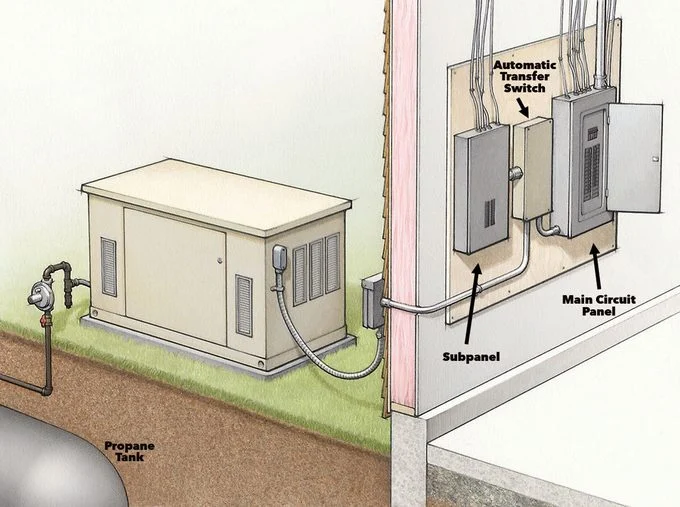
This unit uses gas, ATS & Sub Board
Here in Australia Units like these (Bellow) are installed and could run the hole place, they could be single phase or even 3 phase it all depends on the load need's and requirements.
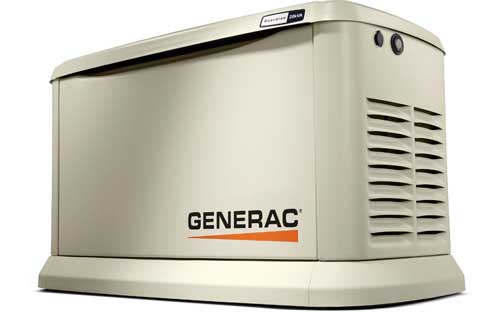
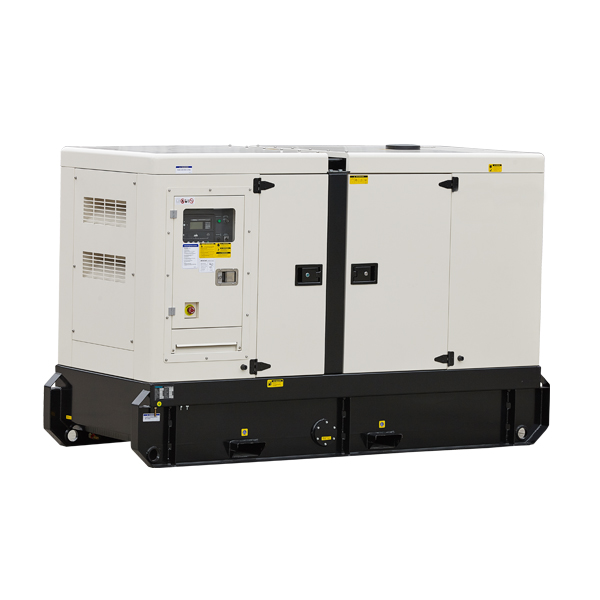
Not Hard Wired
With MTS &/or Sub Board
This layout (Bellow) is not common in Australia but some places use almost this layout but have the mains come in to the MTS then feed into the Main Panel
For this type, when you loose power you go out and start the generator, then plug it into the feed in cable on the building, to then go inside and move a leaver in the box to switch the power across
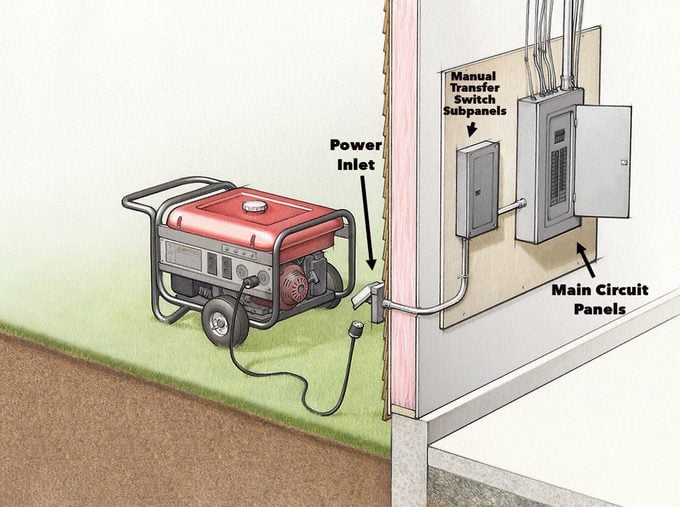
Places that don't want a hard wired fixed unit near there building, but also have stable power (most of the time) use this layout
As they don't need a large unit as they only have a few fridges, freezers &/or Computers, but this layout is also great for places that need a temp setup at times for when there power suppler is doing work in the area and so they can get a Hire Gen in and connect to the place during the outage.
Without Transfer Switch
Warning: NO Generators to ever be running indoors, All Generators no mater the size are to operate outside only.
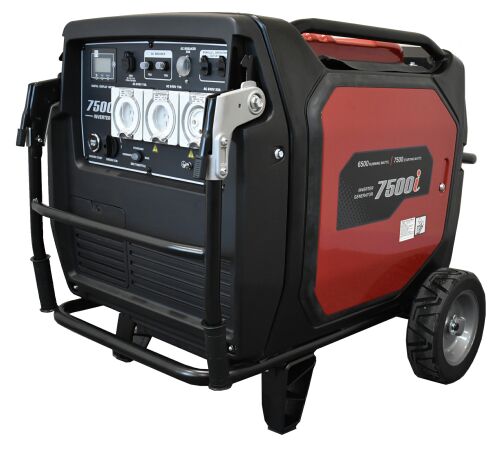

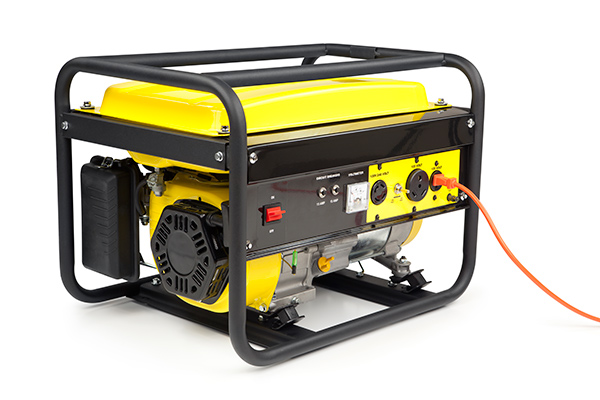
Generators like the 3 above are great to emergency use too, Like when you don't want to install a hard wired one but need power during a storm or power lines work.
Ones (like the Red and Green above) are inverter ones and can run electronics safer and are quick to deploy even with just a few leads.
These could also be quiet depending on the loads as many have auto speed controls and are built to be quiet
To note: Many Open Frame and even some enclosed ones are louder (But Not All)
Generators Sizing
Now the hardest part, Generator Sizing for the job.
Everything comes down to the size for the job, as the bigger the Generator the more cost too.
For a Hole House/Business generator with just a Transfer Switch, you have to size it to run everything including "Air Cons", "Elect Motors" ...
So for example a small (single phase) home office with Evap cooling, 7000W (29A) (9-10KVA) Generator could run the hole place including fridges, but add a Refrigerated Air Conditioner and depending on its size and type it could add up to 15000W (62A) or more
This is why a sub panel as you could have the AC on the mains only and only have the low wattage devices on the sub panel (Meaning Lower Wattage Requirements)
This does not take into account things like cooking, hot water system, as a house with all electric devices could use over 24000W (100A)
For a hole House/Building Sizing, the easy way to size for it is to look at the mains fuse (If able) but the other way is to look at the Max Amp Rating on the Power Meter.
Most older small buildings and older houses will have a 100A, with some even being 75A,
But to Note: Newer buildings these days now have 200A or more, some will even have 3 phase power, many houses too.
To note: There is some units on the market marked as battery generators, if it has a engine that needs fuel to run or gives of any fumes like CO then these are not permitted indoors at all.
We have also not talked here about units like EcoFlow or Bluetti (To name a few), as these are more deemed as UPS.